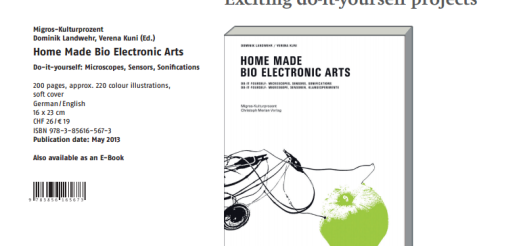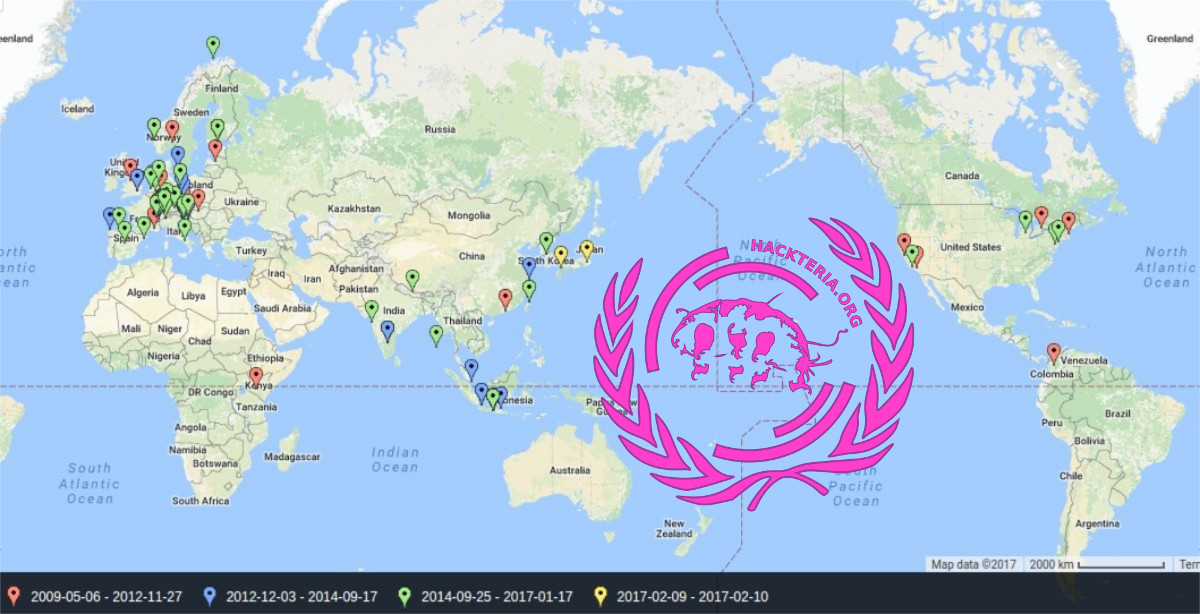After 2 years of discussions with various people in the field of DIYbio, hackteria and BioArt, Dominik Landwehr and Verena Kuni published a new book in their HomeMade series. This time with the title “Home Made Bio Electronic Arts” they go some steps closer to interfacing the living world with DIY tinkering and electronics, easy accessible instructions for everybody. Additionally some editorial essays and an interview with Gerfried Stocker. A production by Migros-Kulturprozent with the Christoph Merian Verlag.
The book in bilingual in German & English and will be available as e-book soon.
Feel free to download the chapter on the microscopy and an interview with Marc Dusseiller hm3-hackteria-pages
Migros-Kulturprozent:
Dominik Landwehr, Verena Kuni (Ed.)
Home Made Bio Electronic Arts
Do-it-yourself: Microscopes, Sensors, Sonifications
• Six easy do-it-yourself experimental projects
• For biotechnology and electronics do-it-yourself enthusiasts
“Science for all” is the motto of a new movement which deals with biology and electronics. It applies the do-it-yourself approach, well established in the electronic and computer scene, to natural sciences. Here the boundaries between the arts and sciences are fluid. The artists and scientists who work together in an interdisciplinary manner call themselves “bio-hackers” or “bio-punks” and deliberately continue in the creative tradition of those two movements. Their research is designed to communicate scientific insights which are otherwise reserved for scientists. Home Made Bio Electronic Arts introduces leading exponents and presents six easy do-it-yourself experimental projects.
• Marc Dusseiller (Zurich/Ljubljana): How to turn a simple webcam into a microscope.
• Karl Heinz Jeron (Berlin): Sound generator using a potato battery.
• Nora Dibowski (Vienna): Tactile electronic flowers.
• Stefanie Wuschitz (Vienna): Sounds from moss.
• Laura Popplow (Mainz): Growing mushrooms in a homemade greenhouse.
• Martin Howse (Berlin): Communicating with plants


















It‘s quite in here! Why not leave a response?